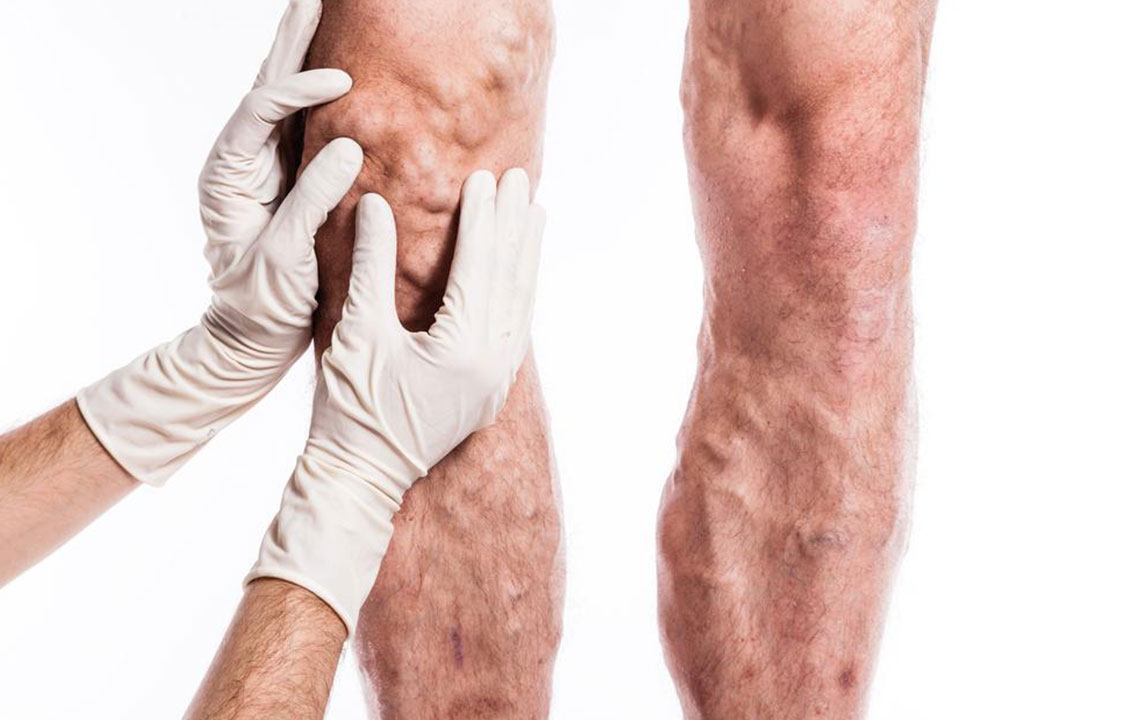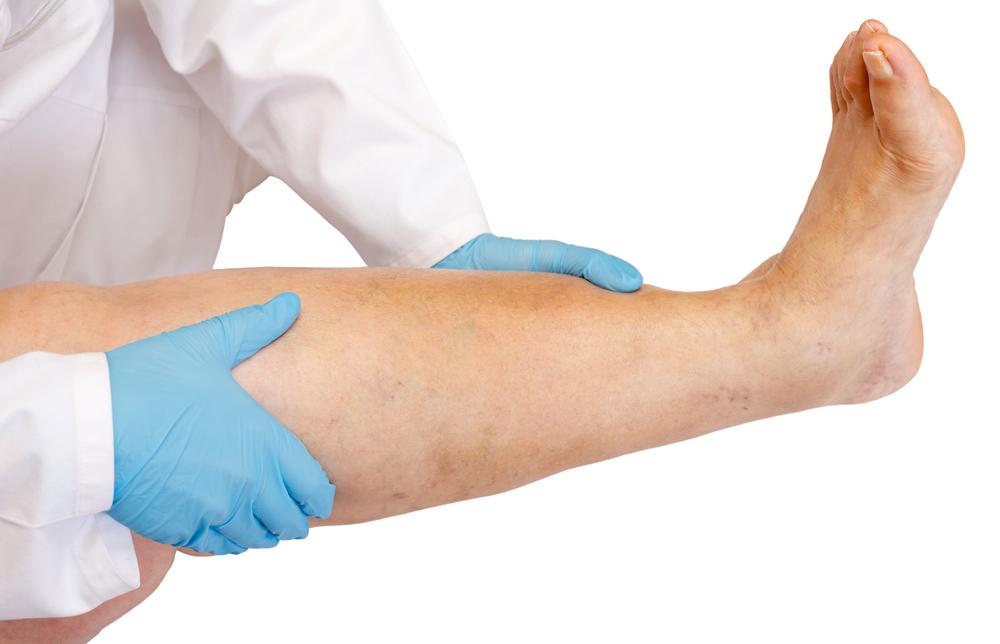Recognizing the Signs and Risks of Deep Vein Thrombosis
Deep Vein Thrombosis (DVT) is a dangerous condition involving blood clots in deep veins, mainly in the legs. Recognizing symptoms such as swelling, pain, and skin discoloration is essential for early treatment. Risk factors include prolonged inactivity, injuries, obesity, smoking, and hormone therapy. If left untreated, DVT can lead to pulmonary embolism, a life-threatening event. Those over 50, especially smokers, should stay alert for symptoms. Prompt medical diagnosis and intervention can prevent complications. This article highlights key signs, risk factors, and the importance of timely treatment to reduce health risks associated with DVT.

Deep Vein Thrombosis (DVT) is a serious health concern caused by blood clot formation in deep veins, commonly affecting the thighs or lower legs. These clots can obstruct blood flow, potentially leading to life-threatening complications like pulmonary embolism. Risk factors include prolonged immobility, injuries, obesity, smoking, hormone treatments, and genetic predisposition. Symptoms often include leg swelling, pain, warmth, and discoloration, but some individuals may show no signs. Immediate medical attention is crucial if sudden symptoms like chest pain, shortness of breath, or coughing blood occur. DVT primarily affects those over 50, especially smokers or older adults, necessitating vigilance. Early diagnosis and treatment are vital to prevent severe outcomes.










